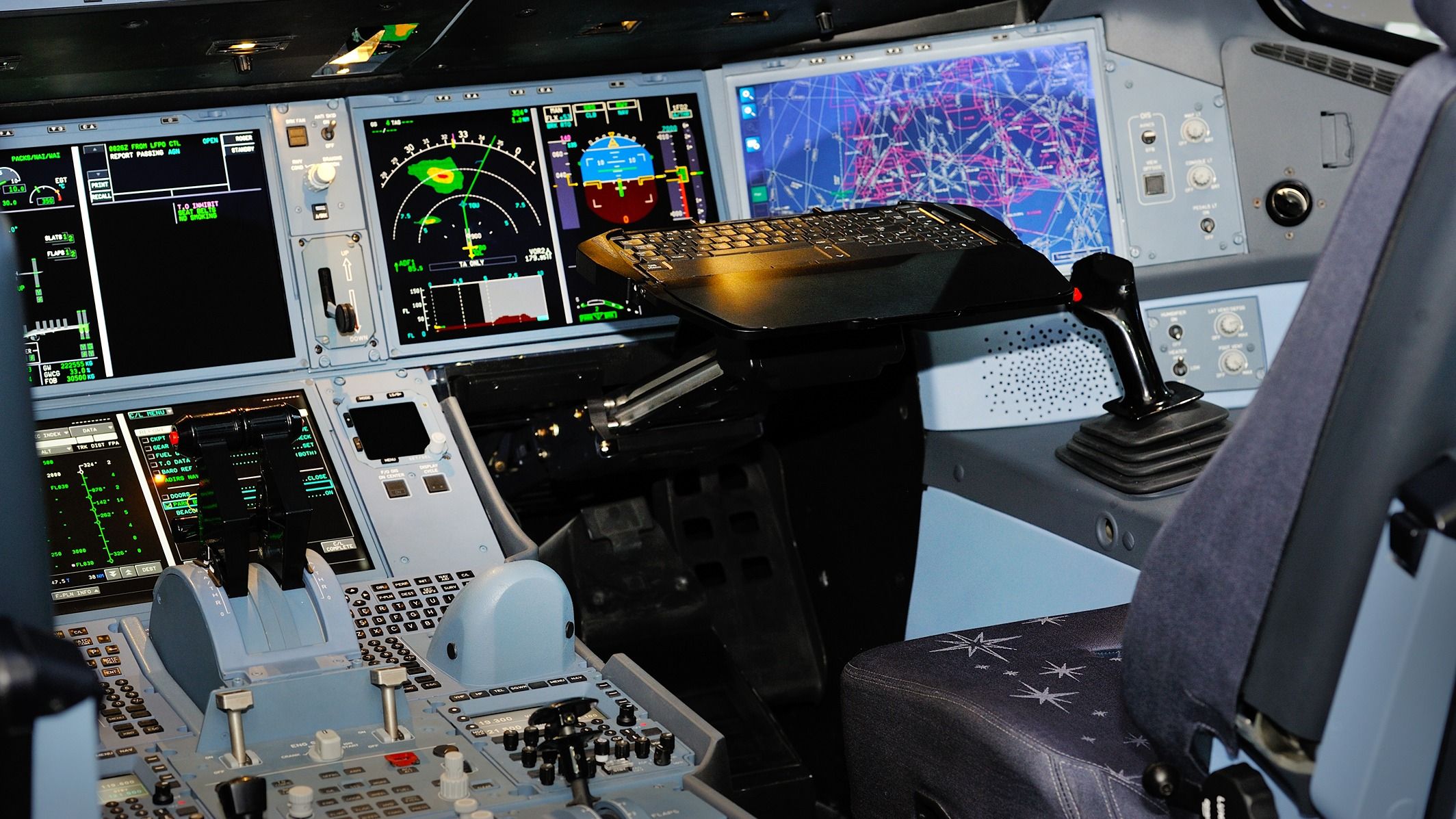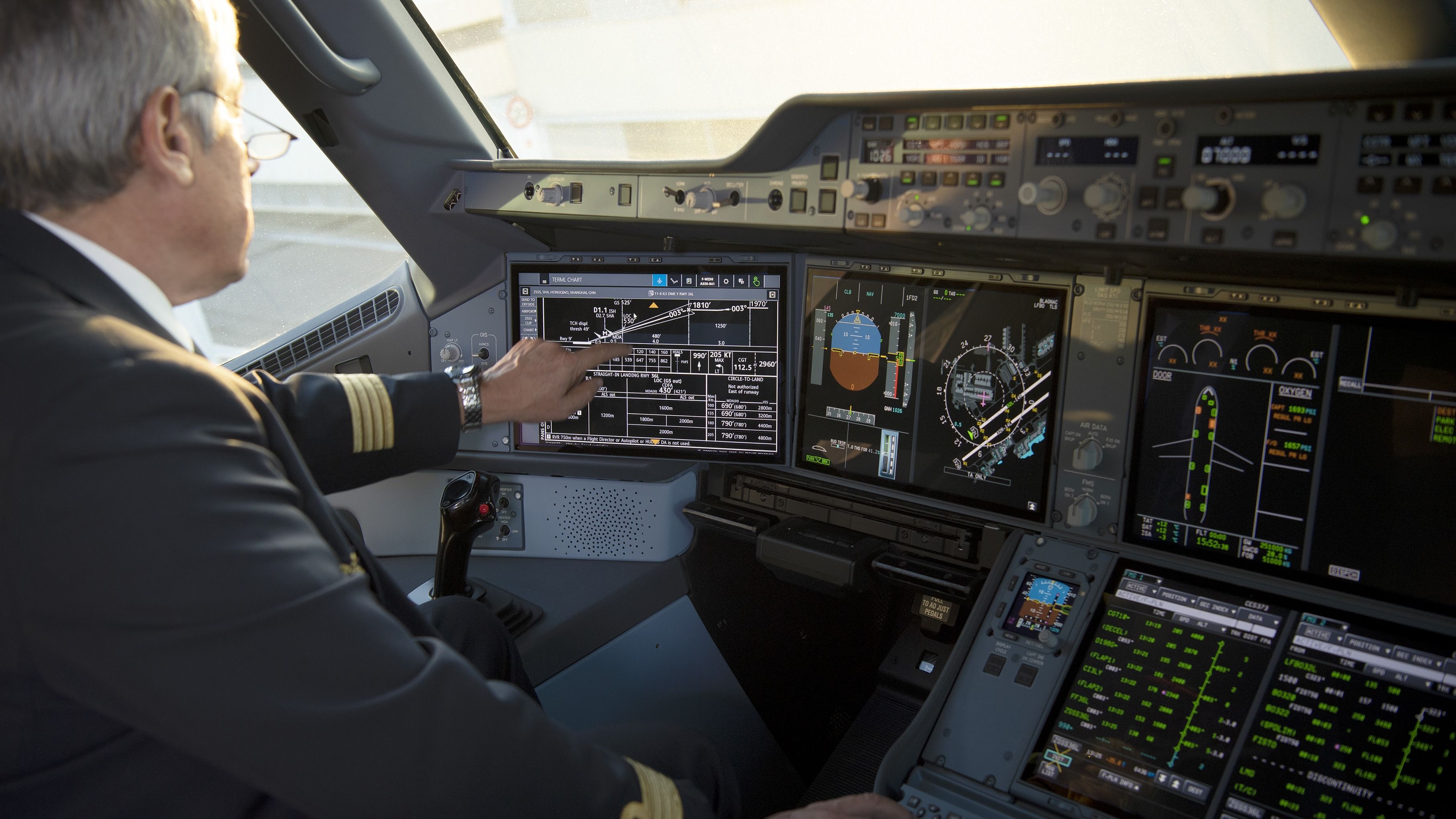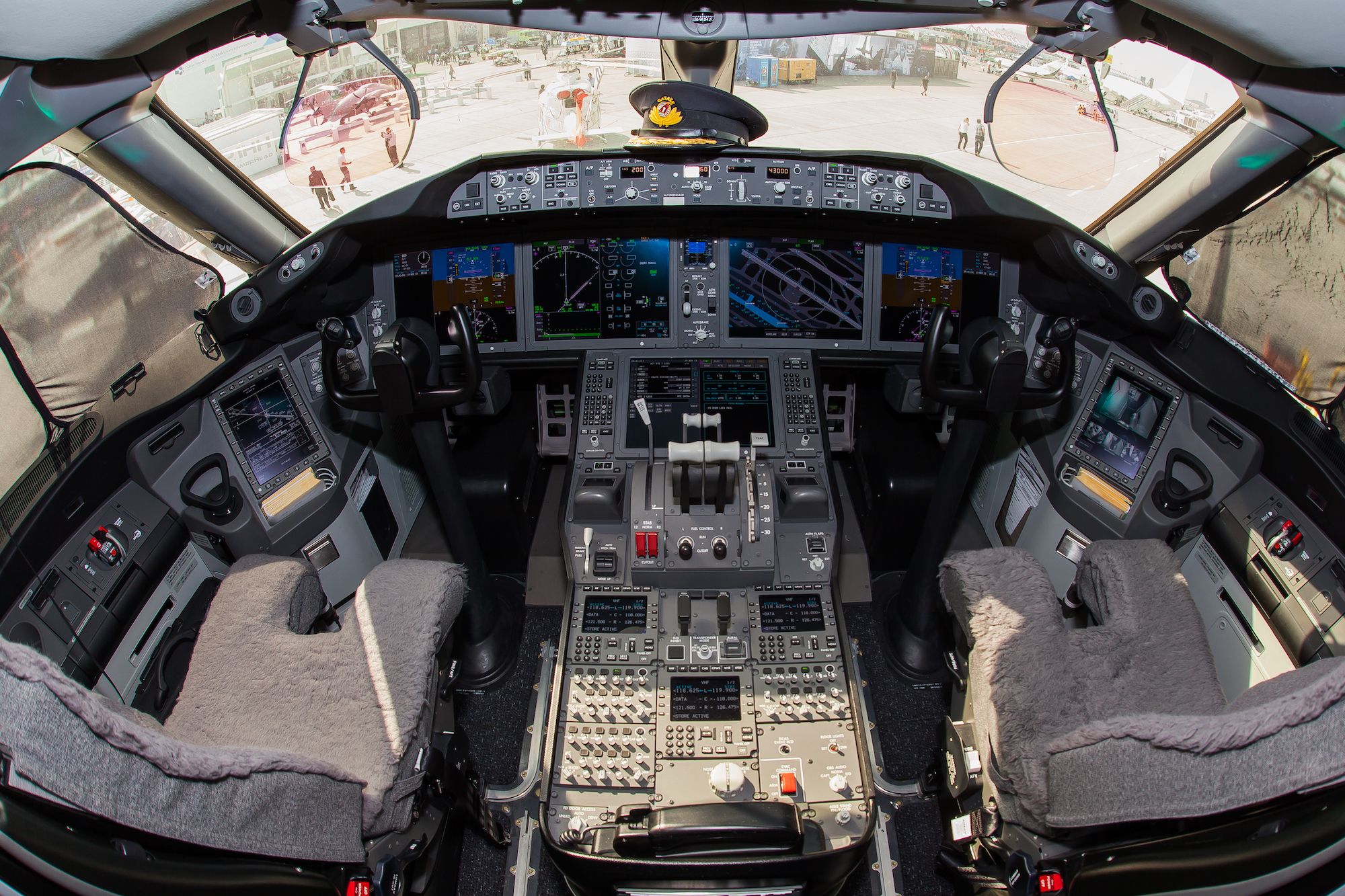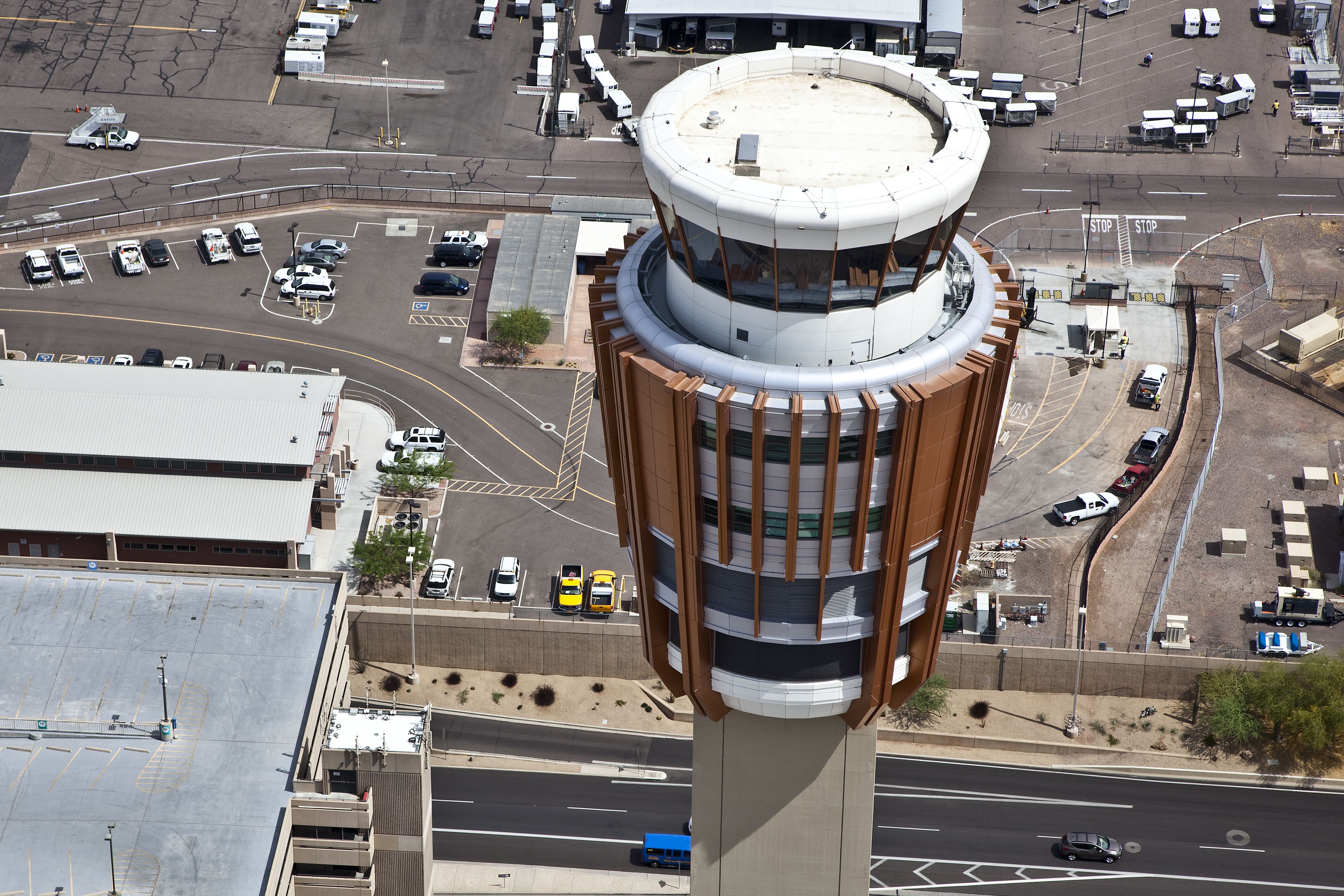Communication between Air Traffic Control (ATC) and flight crews has always been crucial to ensuring a flight’s safety during all of its phases, including taking off, cruising, and landing at the intended – or, in emergencies, not – destination. However, as technology advanced and aircraft began flying longer and longer itineraries, the cruise phase of the flight followed suit in length, meaning that pilots had much more downtime to monitor the aircraft without talking to ATC too much.
Purpose of SELCAL
As a result, the Selective Calling (SELCAL) system was developed. According to the International Civil Aviation Organization (ICAO), SELCAL was introduced in 1957, allowing “selective calling of individual aircraft over the aeronautical mobile voice channels.”
“It can be used on high frequency (HF) or very high frequency (VHF) channels and is designed to relieve flight crews from the need to continuously maintain a listening watch on their assigned radio channels.”
Photo: Air France
Aviation Spectrum Resources, Inc. (ASRI), the company that manages the Aeronautical Enroute Spectrum (AES) in the United States (US), including the HF and VHF, explained that each aircraft is assigned a SELCAL code with two pairs of two letters or numbers. Each character within the code, such as RB-95, represents audio frequencies “modulated onto the selected voice channel at the ground station transmitter” used for HF or VHF communication. The codes are transmitted as “two consecutive pulses, with the first pulse consisting of the first pair of audio tones,” followed up with two pulses from the second pair of the SELCAL codes. “The pulses are approximately 1 second in duration, separated by an interval of approximately 0.2 seconds,” ASRI noted.
Meanwhile, SKYbrary, a project run by EUROCONTROL, pointed out that SELCAL codes “are assigned to aircraft operators and not to individual aircraft” and that ASRI is the register of global SELCAL codes. The code is entered into the flight plan of a journey, for example, between London Heathrow Airport (LHR) and New York John F. Kennedy International Airport (JFK). However, SKYbrary also noted that while historically, ASRI had attempted to minimize conflict between older SELCAL codes, the attempts to do so have been “increasingly less successful and it is now not unusual to have more than one aircraft with the same SELCAL identification operating in the same geographical area at the same time.”
Expanding the pool of SELCAL codes
The site pointed out that newer SELCAL communication units use a 16-tone system but also use codes from a joint pool. As a result, pilots “are advised to be alert to the potential for duplicated SELCAL codes and to listen closely to the Flight Identification (ID), as well as SELCAL, to avoid taking a clearance meant for another flight.” ASRI pointed out that in 2012, one Air Navigation Services Provider (ANSP) recorded 400,480 flights, of which 90 had duplicate SELCAL codes. In 2016, the number of flights increased to 470,000, with identical codes increasing correspondingly to 280.
Photo: Tim Roberts Photography | Shutterstock
However, the ICAO had already explored the expansion of SELCAL tones to 32, aptly named SELCAL 32, further reducing the risk of duplicate codes in 2011. Then, the organization noted that “the continued duplication of SELCAL codes may lead to operational errors potentially impacting aviation safety.” In April 2019, ICAO stated that the number of “registered SELCAL codes has increased by more than 37,000 assignments, more than triple the number of available codes.”
As such, the organization ruled that by November 2022, SELCAL 32 should be used globally. The US Federal Aviation Administration (FAA) said, “SELCAL 32 compliant equipment became available beginning in 2020,” and warned that 16-tone SELCAL systems might still encounter duplicate codes.
Sources: ICAO




